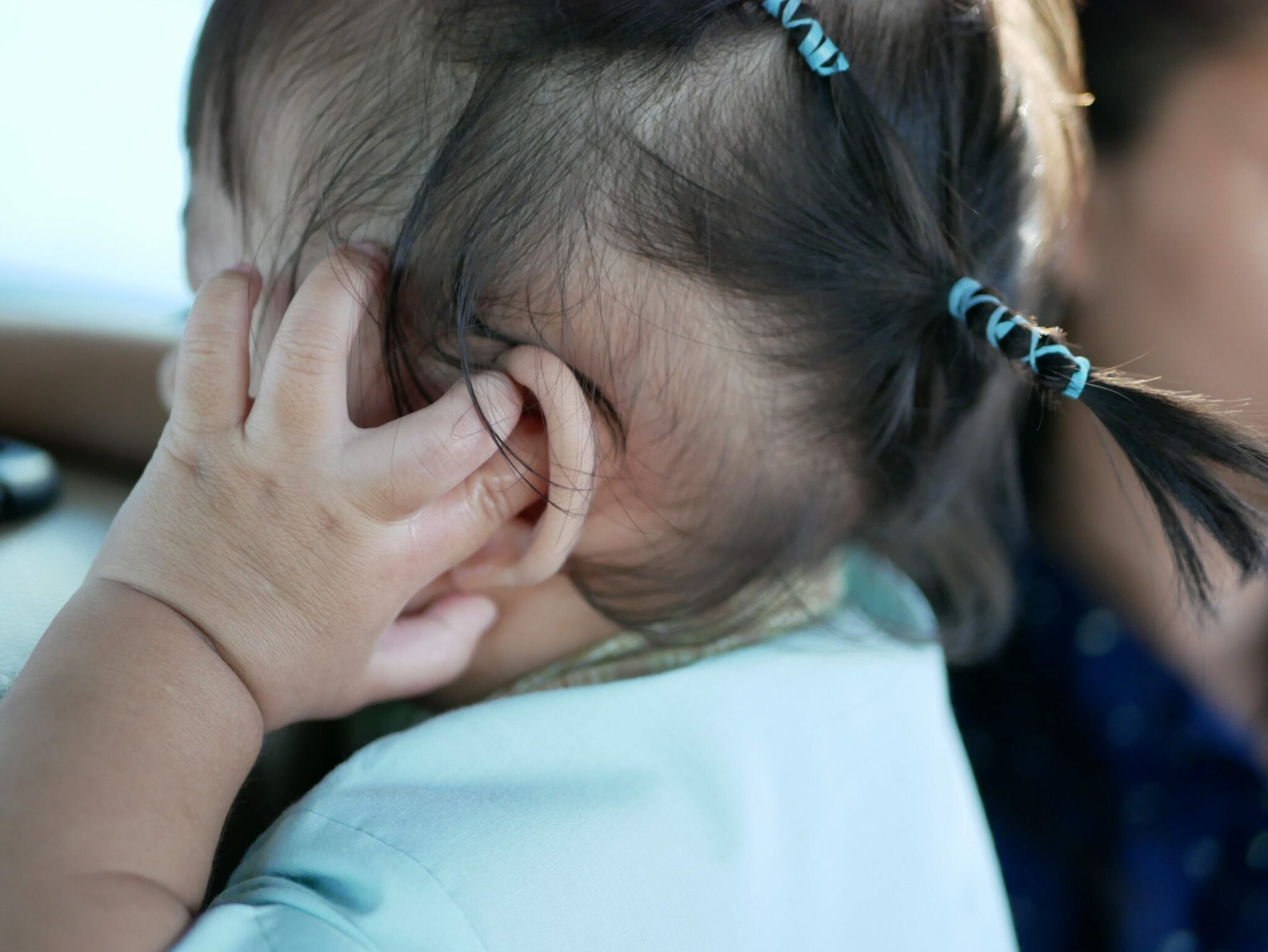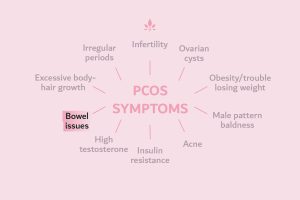Treatment of ear Infections With Antibiotics

Two out of three children aged 3 and under will get at least one ear infection. An ear infection occurs when the tubes in the child’s ears fill with fluid because of a previous bacterial or viral infection, such as a cold. It is difficult for the fluid to drain properly, because the tubes in a child’s ears are so narrow. This causes the fluid to build up and cause pressure, resulting in pain and often a fever.
If you think your child is suffering from an ear infection, look for these symptoms:
- Fever
- Pulling at the ears
- Fussiness and crying in babies
- Trouble sleeping
- Problems with balance
- Trouble hearing
- Fluid draining from the ear
Many children will get a prescription for antibiotics in an effort to fight the infection and ease the pain. While this might bring relief to parents who are looking to quickly relieve their children’s suffering, it may not always be effective.
Because of the overuse of antibiotics, which is contributing the rise of antibiotic-resistant bacteria, the American Academy of Pediatrics (AAP) has released revised guidelines for the treatment of ear infections. Under the new guidelines, the signs a pediatrician must look for to diagnose an ear infection have become more defined. If your child has a severely bulging eardrum or a mild to moderate bulging eardrum along with a high fever, pain, or a very red eardrum, antibiotics will likely be prescribed.
Any child over 6 months old with serious symptoms, such as a fever over 102.2 degrees or severe pain, must be treated. Even if your child isn’t in too much pain or has a low-grade fever, the new guidelines recommend treatment if the infection is in both ears. If the infection is just in one ear and your child is feeling pretty good with just mild pain and a low fever (under 102.2 degrees), don’t be surprised if your pediatrician recommends just waiting it out and does not prescribe an antibiotic. Your child will need to be watched closely and if the condition worsens within the next 2-3 days, contact your doctor about antibiotics. In the meantime, your doctor might recommend an over-the-counter pain reliever to help with the symptoms.
Although it might seem like the new guidelines will prolong your child’s ear infection, about 70 percent of ear infections clear up on their own in 2-3 days. Overall, 80 percent clear up in 7-10 days.
Sources:
- National Institute of Deafness and Other Communication Disorders
- Ear Infections in Children.
American Academy of Pediatrics - The Diagnosis and Management of Acute Otitis Media.
Powered by Bundoo®










